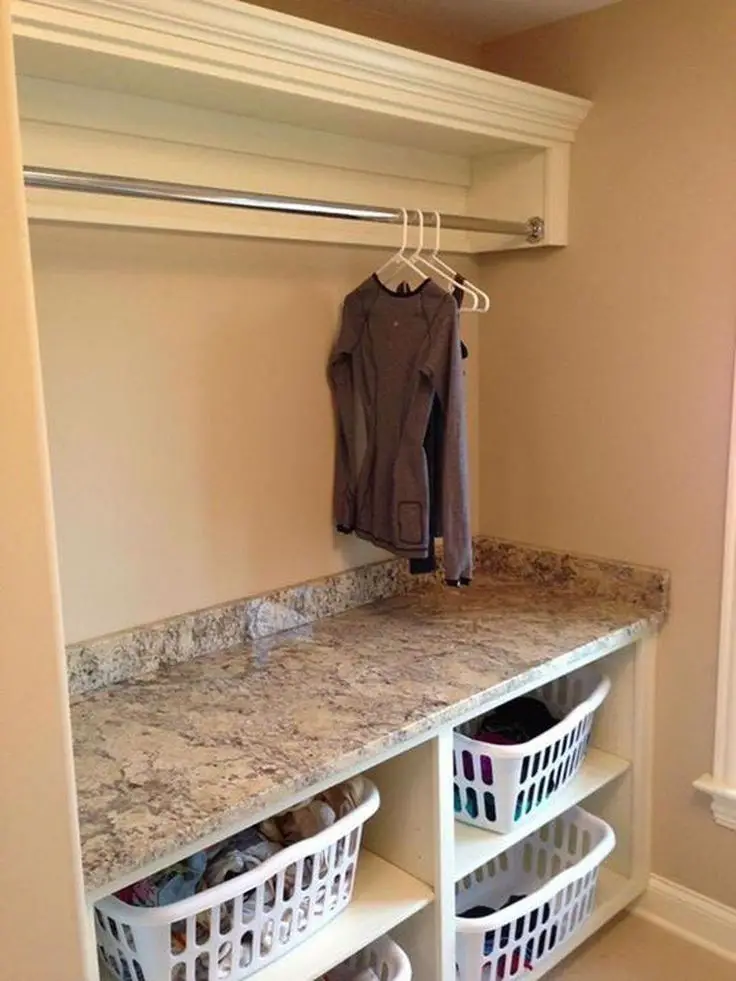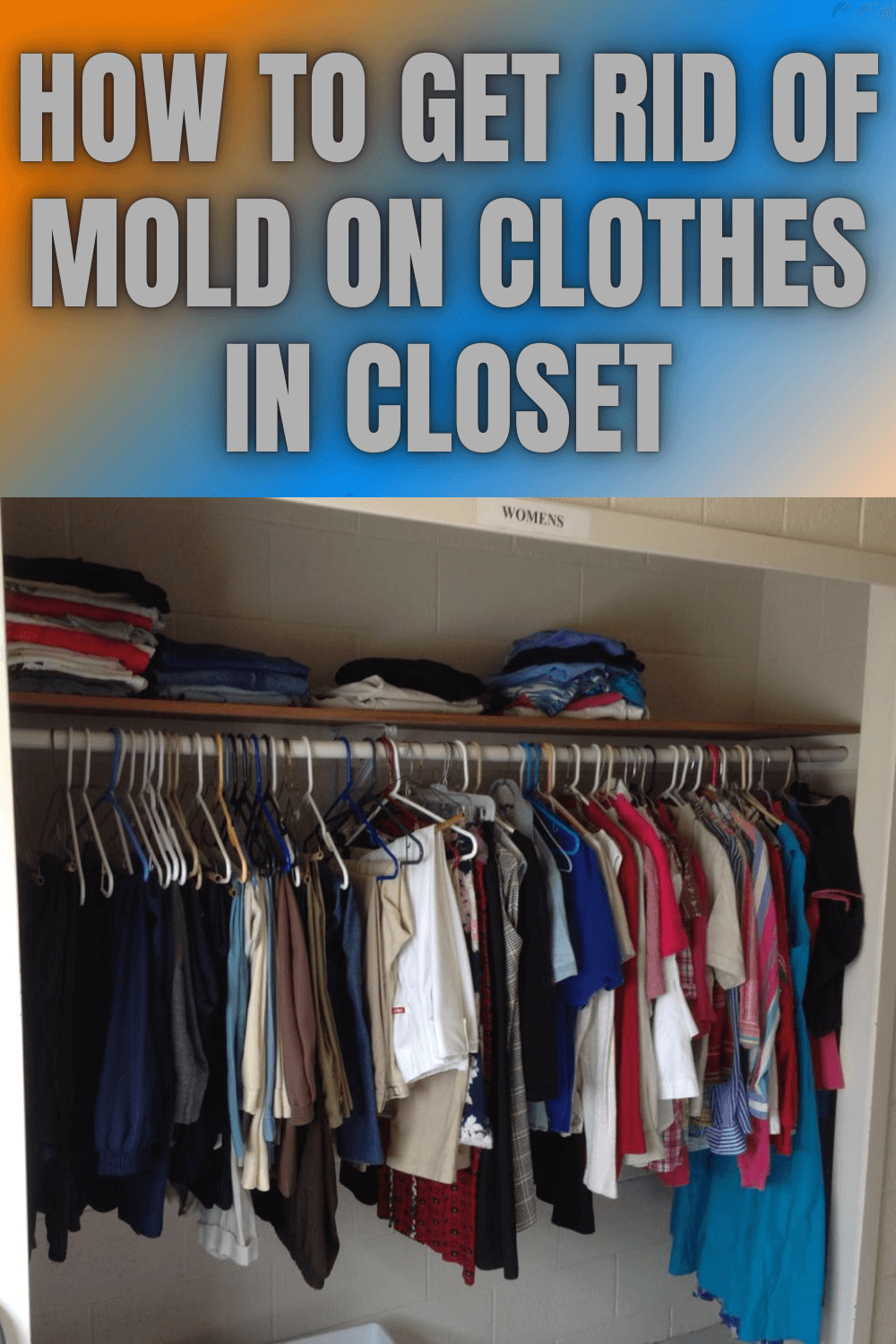Articles Books And Films
Here is a short list of articles, books, and films that are helpful to patients seeking to learn about EAIs.
Jill Crista, ND, Break The Mold: 5 Tools to Conquer Mold and Take Back Your Health . Dr. Jill Crista is a nationally recognized educator on illnesses associated with mold and mycotoxin exposure. Break the Mold offers concise yet comprehensive information and practical solutions for those potentially affected by mold exposure. Also see Are You Missing Mold Illness In Your Patients? Mold Training Course For Medical Practitioners with Dr. Jill Crista
Neil Nathan, MD, Toxic: Heal Your Body from Mold Toxicity, Lyme Disease, Multiple Chemical Sensitivities, and Chronic Environmental Illness . The goal of this book is to shed light on complex illnesses such as mold, Bartonella , mast cell activation, and porphyria and carbon monoxide poisoning, so that suffering patients and their families can get the help they so desperately need.
Scott Forsgren with Neil Nathan, MD, and Wayne Anderson, ND, Mold and Mycotoxins: Often Overlooked Factors in Chronic Lyme Disease, Townsend Letter 2014. This article provides a helpful introduction to biotoxin illness and its relationship to Lyme disease.
James Hamblin, The Looming Consequences of Breathing Mold, The Atlantic, August 30, 2017. This article focuses on the terrible health consequences of water damage to buildings caused by floods.
What Causes Mold In Closets
Mold can be caused by a number of things. Closets are dark, relatively warm environments that mold likes. Add in moisture from various sources, and you have an excellent place for mold to grow and thrive.
- One major cause of mold growth inside a closet is damp clothing. Whether it is clothing from the dryer that is not completely dry or towels and other items put inside the closet while still wet are one of the leading causes of mold growth.
- Another major factor for the growth of mold inside a closet is a water leak. Most bathrooms are backed by a bedroom with a closet. If pipe leaks inside the wall, the mold can grow because of the moisture and water coming through and sitting inside the closet. This can also cause growth in the items that are inside the closet as well.
- The third cause of mold is attic mold. Most homes these days have their attic hatch inside a closet, and these hatches are sometimes poorly insulated or not insulated at all. The cold, damp air from the attic combines with the warm air inside the closet, creating moisture on the hatch, and mold will grow on that and spread if not recognized quickly.
Rise Up Your Clothes And Stuff
We are sure that very few of you know about this fact, so we find it necessary to share it with you.
It is not recommended to store stuff on the floor of your closet! It means that your shoe boxes and storage bins should be kept on shelves.
Like this, you will allow for better airflow easily. Storing your things up from the floor will also minimize the risk of damage or mold growth if there is ever a plumbing leak that soaks your carpet or floorboards.
Also Check: How To Kill Mold In Crawl Space
Is Mold Smell Harmful
Mold spores are the ones guilty of causing us harm. These tiny particles range between 3 to 40 microns a human hair isnt thicker than 150 microns. They travel through the air and can be easily inhaled into our lungs, potentially causing allergies, asthma, and other respiratory conditions .
The strength of the smell is often unrelated to how dangerous the colony can be for our health. For instance, during its reproductive cycle, mold creates an incredible amount of spores, but very few MVOCs. This means that the odor will be mild, but spores will be present and very active.
Also Check: Mold In Bathroom Ceiling
Prevent Condensation In The Basement

Condensation is a huge problem for the closets in the basement. You know, sunlight cant reach the basement directly. Further, we store lots of unused stuffs on there and dont care to keep those organized. Its a really bad thing.
Whenever you are cleaning andorganizing your home, you should clean the basement too. It reduces the possibility of growing mold. However, if you put a closet in the basement, you must be extra careful about that. Always keep it clean and maintain proper airflow to prevent condensation in there.
You May Like: What Happens If I Find Mold In My Apartment
How To Get Rid Of Mold Smell In The Closet
What should you do when your clothes and towels smell musty in the closet? While you can take everything out for washing, you still need to address the root cause of the problem, or theyll just get stinky again.
Open the doors of your closet to increase airflow. Louvered doors are better than solid woods because they allow ventilation. You can also use a tiny fan and direct it to your closet. Allowing air to get in and out will help prevent the growth of mold and odor.
Check the corners of your closet. These spots are notorious for harboring mold and mildew. Use an all-purpose spray cleaner when you tidy the area.
In severe cases, you will have to work with a mold remediation team. Mold spores do not just make your garments musty they can also cause serious health problems!
Mold is no fun when it gets into your home and on your clothing. Follow these tips to remove mold smell quickly at home. The faster you act, the more successful your attempts will be. If you cannot remove the odor on your own, contact a professional laundry service.
Kellys Dry Cleaners in Durango, CO is open daily except for weekends from 9 AM to 6 PM. Call us anytime at 970-903-1642. Our Farmington, NM branch is open Monday through Saturday. Call us at 505-564-3333 for your laundry needs.
How To Prevent And Remove Mildew Home Methods
Your browser does not support the video tag.Wanda Eubank
Betty FeatherDepartment of Textile and Apparel Management
Mildew can be found on many different surfaces. It is a thin, black, or sometimes white, growth produced by mold. Molds are simple plants belonging to the group known as fungi. Though molds are always present in the air, those that cause mildew need moisture and certain temperatures to grow. They commonly develop in humid summer weather, especially in closed houses.
These molds grow on anything from which they can get enough food. In homes they develop most often on cotton, linen, rayon, silk, wool, leather, wood and paper. Many synthetic fibers resist mildew.
Molds that cause mildew flourish wherever it is damp, warm, poorly lighted and/or where air is not circulated in cellars, crawl spaces of houses without basements and clothing closets. It can also be found on draperies and rugs in basement recreation rooms, on shower curtains and on damp clothes rolled up for ironing. These molds are also likely to grow in a new house because of moisture in the building materials.
As the molds grow, they cause considerable damage. They leave a musty odor they discolor fabrics and sometimes they eat into them until the fabrics rot and fall to pieces. They also discolor leather and paper.
You May Like: What Is The Treatment For Black Mold Exposure
Consider Wire Shelving As Opposed To Wooden
Aside from humidity, the biggest culprit of causing mold is a lack of airflow. Pair that with heavy shelving made from wood, which absorbs and holds moisture, and you have a perfect recipe for mold growth.
Replacing your wooden closet shelves with wire structures will make all the difference. Their grid-like design allows for superior ventilation, even between your hung-up clothes. Theyre better for folded clothes, too, as the wire shelves often have openings along the bottom to allow air to flow.
Tips For Mildew Or Mold Removal In Your Closet
- Written by Stephen Phillips on Apr 09, 2010To ensure our content is always up-to-date with current information, best practices, and professional advice, articles are routinely reviewed by industry experts with years of hands-on experience.Reviewed by Lindani Chirambadare on Mar 19, 2020
Mildew or mold removalfrom the closet is fairly easy once you know the basics about mold and mildew as well as the techniques for removal. Mold and mildew can be of a sticky or grassy type of texture. Colors vary widely, including shades of green, white, pink/red, brown, gray, and black. These are simply organic types of plants called fungi. They require specific environments to flourish and once they have this ideal, they can spread quickly.
Tip 1-Take Preventative Measures
You reduce or eliminate the need for mildew or mold removal by taking preventative measures. Learning how to regulate your home’s environment can help prevent extensive mildew or mold removal. Mold and mildew need cool temperatures and a moist atmosphere to flourish. In some cases, the hot, humid air of summer can gather in areas of your home and create pockets where this fungi can make a home. Keeping your home’s temperature regulated to about 70 degrees can help prevent sweating air and decrease the potential for mildew.
Tip 2-Adapt Your Technique to the Material
Recommended Reading: Can I Use Vinegar To Clean Mold
What Are Some Signs Of Mold Growing In Your Closet
The most obvious sign of mold in closets is the presence of visible mold. This black, green, or white fungus can grow on the walls, floors, ceilings, and even clothing. However, not all mold is visible, so you should also be aware of the following signs that could indicate a mold problem:
- Unpleasant smells, which can be a musty odor, earthy, or cheesy
- Increased relative humidity levels in the closet
- Spots on the walls or closet ceiling that look different from the surrounding surface
- Brown or black spots on the closet floor or carpeting
- Unexplained health issues including allergic reactions, respiratory issues, and headaches
There are many signs of mold in a home. If you suspect mold growth in your home, it is always best to reach out to a professional who can test your air and determine if mold is present.
How To Prevent Mold In A Closet
Preventing mold in your closets is relatively simple. First, do not put wet or damp items in your closet, and the moisture creates the proper environment for mold growth. Next, you can put a desiccant in the closet, and silica packets are great ones to use and are readily available. Thirdly, install a low-wattage incandescent light bulb inside the closet and leave it on. This creates a dry, warm heat that will drop the humidity and moisture inside the closet and lessen the chance of mold growth.
Recommended Reading: Are Mold Test Kits Accurate
What Do I Do If I Find Mold
If you find mold in your closet, the first thing to do is remove clothing and other items from the closet and ventilate it. Next, open the closet door and use fans to help the air circulate. The next step is locating where excess moisture is entering your closet.
Piles of blankets, stacks of clothes, or towels can all trap moisture and may feel damp when you pick them up to remove them. As you remove the clothes in your closet, pay attention to any items that feel damp. Where you find damp items may indicate where moisture is collecting in the closet.
Check from the ceiling to the floor for water damage. Damp towels, a dirty clothes hamper stored in the closet, and even hanging your wet bath towel to dry behind a closed closet door may cause added moisture to the environment.
It is also important to note if you see visible mold growth as you go through this process removing items and checking for moisture. You may find it on walls, carpets, or the ceiling. Make a note of anywhere you see the mold and take pictures.
Make Use Of Silica Packs

If air conditioning isnt available to you, and simple fixes such as improving circulation havent been effective, silica packs can be a lifesaver. They reduce humidity by absorbing moisture in their surrounding area. They do this via a chemical called anhydrous calcium sulfate.
Bear in mind that silica packs can be highly dangerous if swallowed. Do not keep them around small children. In addition, dont place them throughout your entire house. If the air is too dry it can worsen symptoms of asthma. Be careful when placing these packs on shelves or in drawers.
You May Like: How To Detect Mold In Basement
How To Prevent Mold In Your Custom Closets
With a lack of airflow, closets offer the ideal conditions for mold to flourish. Getting rid of all mold is difficult, but theEnvironmental Protection Agencysays that the best way to prevent indoor mold is to control moisture.
Use these essential tips to prevent mold from growing in your custom closets and destroying everything inside:
What Does Mold Inside Closets Look Like
Mold inside a closet can take on many forms. It can be of various colors and textures. Some could be black and circular in growth pattern, while others can be dark green and have a hairy look. White mold is another mold that frequently grows in residential closets. You should be aware of what these look like and have a basic knowledge of what to look for. Once identified, a Mold Busters professional should be contacted to inspect the area.
Read Also: How To Clean Mold From Patio Pavers
Dont Store Damp Clothing
When you get out of the shower, where do you put your wet towels? Many people have a hook inside of their closets where they hang their wet towels or damp bathrobes to dry. While this may be convenient, it is not ideal for keeping excess moisture at bay.
Others may even decide to use their closets as a drying station of sorts, where they hang their clothes that arent dryer-friendly. A better idea would be to hang your clothes to dry in the fresh air and sunshine to ensure that they are completely free of moisture.
Freshen With Baking Soda
Baking soda is a well-known tool used to absorb nasty odors and moisture odors. For a quick fix, fill a bowl with baking soda and leave in your closet for one day. For longer odor-fighting power,TheSpruce.comrecommends storing an open box of baking soda inside your custom closet and leave it for up to a year. Make sure you put it in an area it is unlikely to be knocked over.
You May Like: Will Insurance Pay For Mold Removal
Dont Let Mold Destroy Your Wardrobe
No matter how clean your home may be, even the cleanest of homes can fall victim to a mold outbreak. While theres no one-size-fits-all solution in regard to preventing mold growth in your custom closets, knowing how to look for it, how to remove it, and how to prevent it from returning is a critical first step. With these measures in place, you wont need to worry about mold growing anywhere near your clothes anytime soon.
Disinfect Your Closet Walls
Are your closet walls showing any signs of existing mold? Whether they are or not, it is a good idea to clean and disinfect them on a regular basis. Should you happen to notice that telltale odor or see signs of mold on your closet walls, here is how to handle it, according toBob Vila.
Take a spray bottle and mix one part bleach to three parts water. Now, before getting started, you will want to make sure that you have emptied your closet so that you wont accidentally ruin any of your clothing. Spray the bleach solution on the walls of your closet and let it soak in. Scrub the area if necessary, and wipe it off with a clean cloth.
You May Like: How Do You Remove Mold From Your Home
How To Remove Mold In The Closet
While getting rid of all mold and mold spores indoors is impossible some mold spores will always be found in indoor air and dust in your home you can take the following steps to reduce mold in your closet.
Keep in mind that this DIY solution does not guarantee that youve completely removed the mold.
A mold remediation company can be crucial, not only to determine if you have mold and remove it, but also to find the source of the moisture after all, the EPA notes that eliminating mold starts with eliminating moisture.
Put simply, if the moisture problem in your closet isnt addressed, mold will return.
A provider like ServiceMaster Restoration by Zaba will inspect your home to determine if theres a leak that is causing mold to grow in your closet.
What Causes That Mold Odor

Mold produces gasses called microbial volatile organic compounds and these gasses typically have noticeable, distinctive odors. Microbial volatile organic compounds themselves are not harmful but the mold that produces them can be. Mold can cause all sorts of health problems and it can also cause serious damage to your home.
Recommended Reading: Black Mold Removal On Wood
Read Also: How To Fix Mold In Shower
